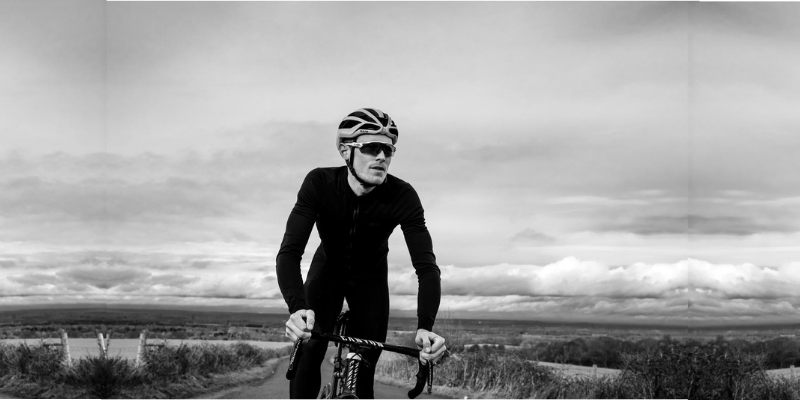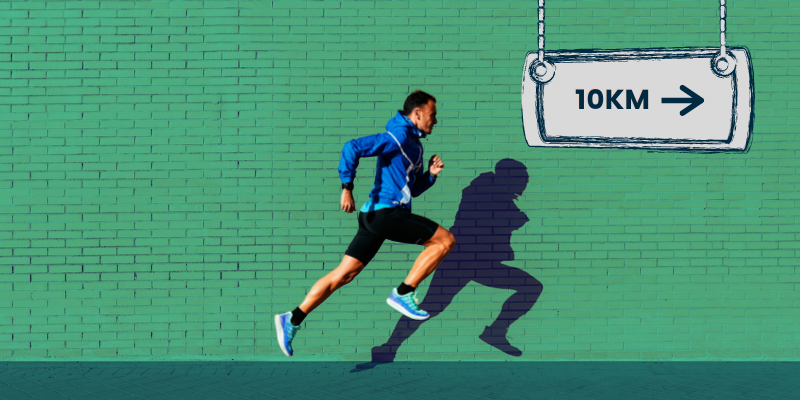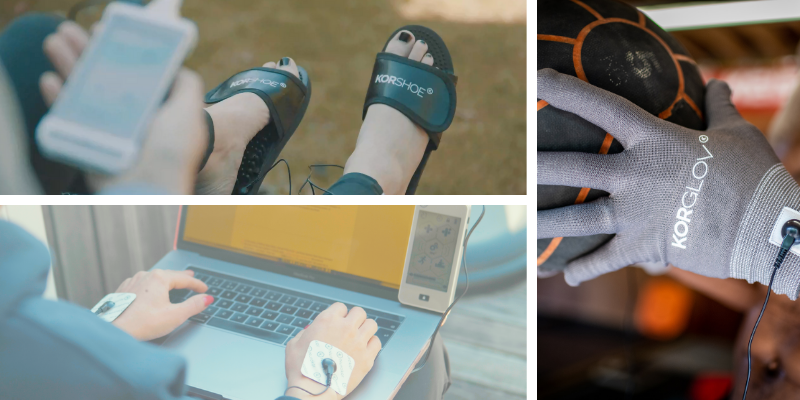“During the off-season, I’ll mostly be in a constant state of fatigue - whilst trying to avoid going too far and making myself ill. I see the off-season as the time where the real improvements can be made.”
This is how professional cyclist Rory Townsend from UCI Continental Team Canyon dhb Sungod explains the importance of the cycling off-season.

Making gains
Townsend believes that rather than just being a time to recover, the off season can be a time where cyclists – both amateur and professional – can make big gains to become better riders when they return to racing or riding sportives.
Townsend explains a little more about how a typical year looks for him:
“At my level, with so many races coming each week, you generally keep a good level of fitness throughout the competition season, barring injury or illness.

Much of the riding done between races is for maintenance, keeping the body ticking over, or recovering from races. There is little time between races to apply any meaningful training. Then in winter, after an initial rest period, this is the time where I try to take myself from one level to the next.”
Off-season training
For Townsend, and most professional cyclists, the off-season normally starts at the end of September after the annual Cycling World Championships. As Townsend explains: “I like to have October away from the bike and begin structured training again from November until racing begins again in early March.”
It is generally accepted that for the first few weeks of the off season, cyclists should properly rest, but after around a month, training should restart, and this is where riders can lay the foundations for a successful season.

So, what does November to March actually look like for a professional cyclist in terms of training? Townsend gives details:
“The main bulk of my off season is made up of low intensity, high mileage on the bike. I also try to incorporate more gym sessions, up to three per week. This is typically made up by a collaboration of free weights, electrical muscle stimulation from my NuroKor mibody, and plyometric training for explosivity on the bike”.
Townsend breaks down his off-season into FIVE key tips:
1. You are what you eat
As for all professional athletes, diet is of huge importance to cyclists. Townsend describes what his diet looks like in the off-season: “During winter I periodise my carbohydrate intake a little more based on what training I do. On some days I will do a fat oxidisation ride; the night before I would have a low carbohydrate dinner, and the same at breakfast before riding.”

2. Use bioelectrical therapy at home
Townsend is a big believer in bioelectrical therapy as part of his training and recovery, particularly over the winter months: “I use my NuroKor more in the off-season to make the most of training when there's not any racing, and to encourage maximal efforts."
"It's been particularly useful when gyms have been closed. Being able to utilise high-capacity muscle contractions has been invaluable over the last few months.”

“NuroKor is brilliant for both training and recovery. It's great to get the muscles firing before a gym or sprint session. In recovery I use it to promote blood flow to my legs, the same goes for long travel days to stop the blood pooling in my lower legs.”
3. A change of discipline
Both professional and amateur riders often mix things up in their off-season and delve into the other cycling disciplines such as mountain biking or cyclo-cross. This is a good way to carry on riding whilst keeping things fresh.
Alternatively, many amateur cyclists like to drag out their turbo trainer or smart trainer and ride indoors during the cold and darker months. This type of training has become more interesting and attractive in recent years with the arrival of online training platforms such as Zwift.
These platforms allow you to ride virtually with others and indeed compete against others in the comfort of your own home.

4. Listen to your body
Townsend also goes on to say that during the off season a rider’s big priority is to try and stay well: “You really shouldn’t ride for hours in bad conditions if you are already run down. Sometimes it's better to end a ride a little earlier, rather than pushing on and making yourself ill and missing a week’s training instead of an hour here and there”.

5. Catch up on life
Aside from shifts in training patterns, the off season is a time for cyclists to catch up on life. As Townsend explains: “I try to cram as much as I can in during the month of October. Catch up with friends, try to get away somewhere warm with my partner for a couple of weeks, and work my way through a nice case of red wine!”

Indeed, for both professional and amateur cyclists, the start of the off-season should be a time to relax a little and indulge in some of the treats they would normally abstain from. That is until the hard work starts all over again, and then riders can try and maximise the rest of the off-season to become even better cyclists.

Rory Townsend is an Irish professional cyclist who rides for the UCI Continental Team Canyon dhb Sungod. Follow Rory’s journey on Instagram - @rorytownsendcyclist.
Click here to learn more about the NuroKor mibody



